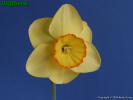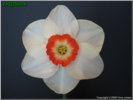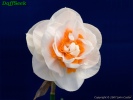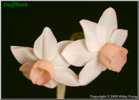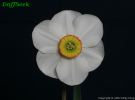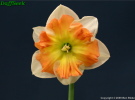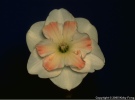Division Help
Introduction
-
The DaffSeek menu item labeled “Division” refers to a daffodil classification system approved by the Royal Horticultural Society (RHS) of the United Kingdom. These number and letter combinations are a standard way of describing and classifying daffodils and are the same as you would see in any daffodil catalog.
-
Each daffodil cultivar or garden hybrid belongs to one of the first twelve divisions. Wild forms of daffodils or "species" are placed in Division 13.
Whether of wild or cultivated origin, once a selection has been distinguished by a cultivar name it is assigned to one of Divisions 1 to 12.
-
The division and color codes of an individual daffodil are part of its official registration with the RHS. The classification of an individual daffodil is based on the hybridizer's choices when he or she registered the daffodil. If the flower grows with a red cup in New Zealand, where a hybridizer lives, the flower will be registered with the red cup. However, it may grow with an orange cup in your region.
Color descriptions may vary based on individual perception, climate, weather or growing conditions.
-
DaffSeek uses the RHS daffodil classification system to describe and display daffodils.
Daffodil divisions and descriptions
-
Below are the definitions for each division accompanied with a small photo of a typical flower. If you wish to see a larger photo for one of these divisions, click on the thumbnail. You may select one of these divisions on the DaffSeek Query Menu in combination with other menu items.
For more information on daffodil colors, please see: Colors Help


